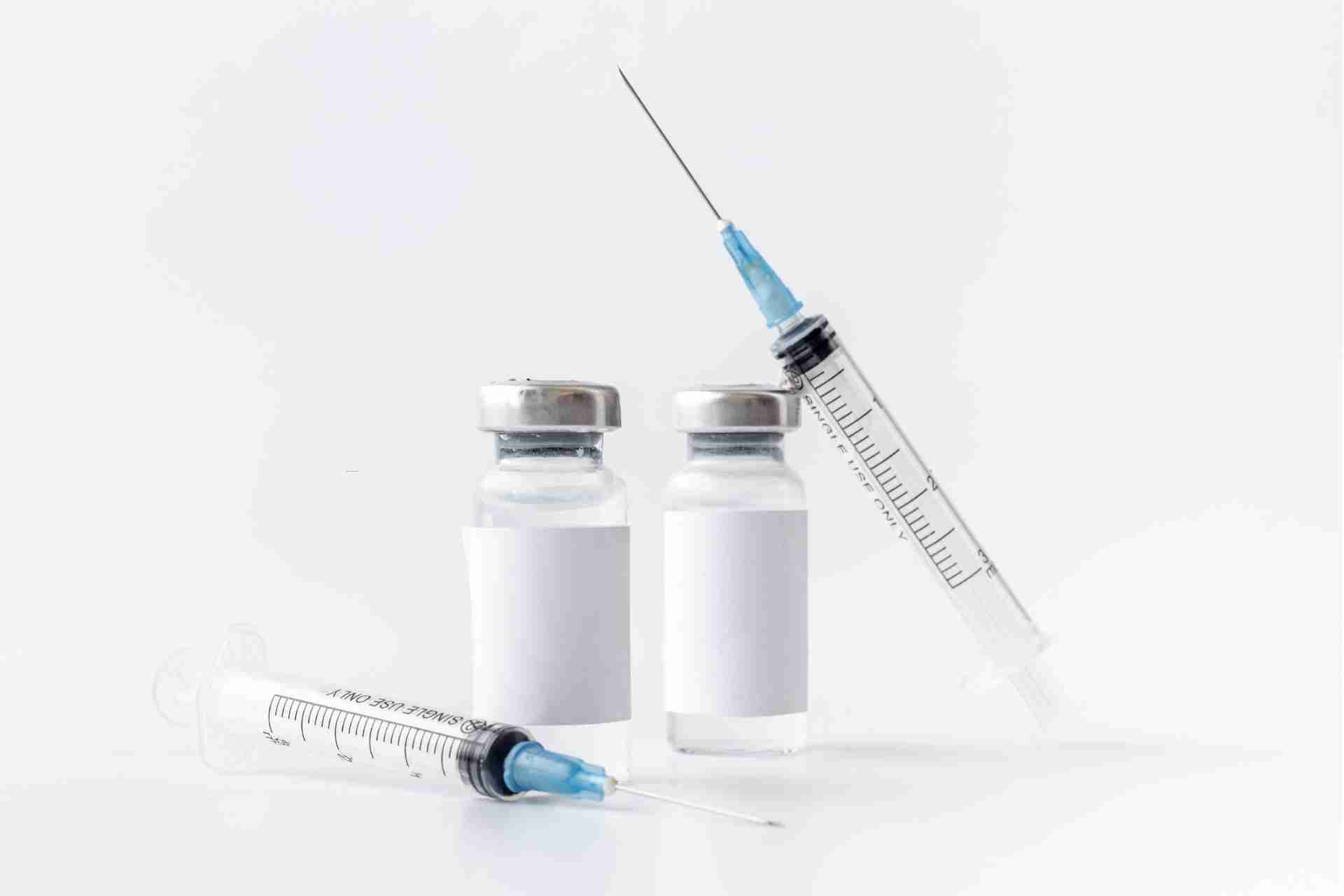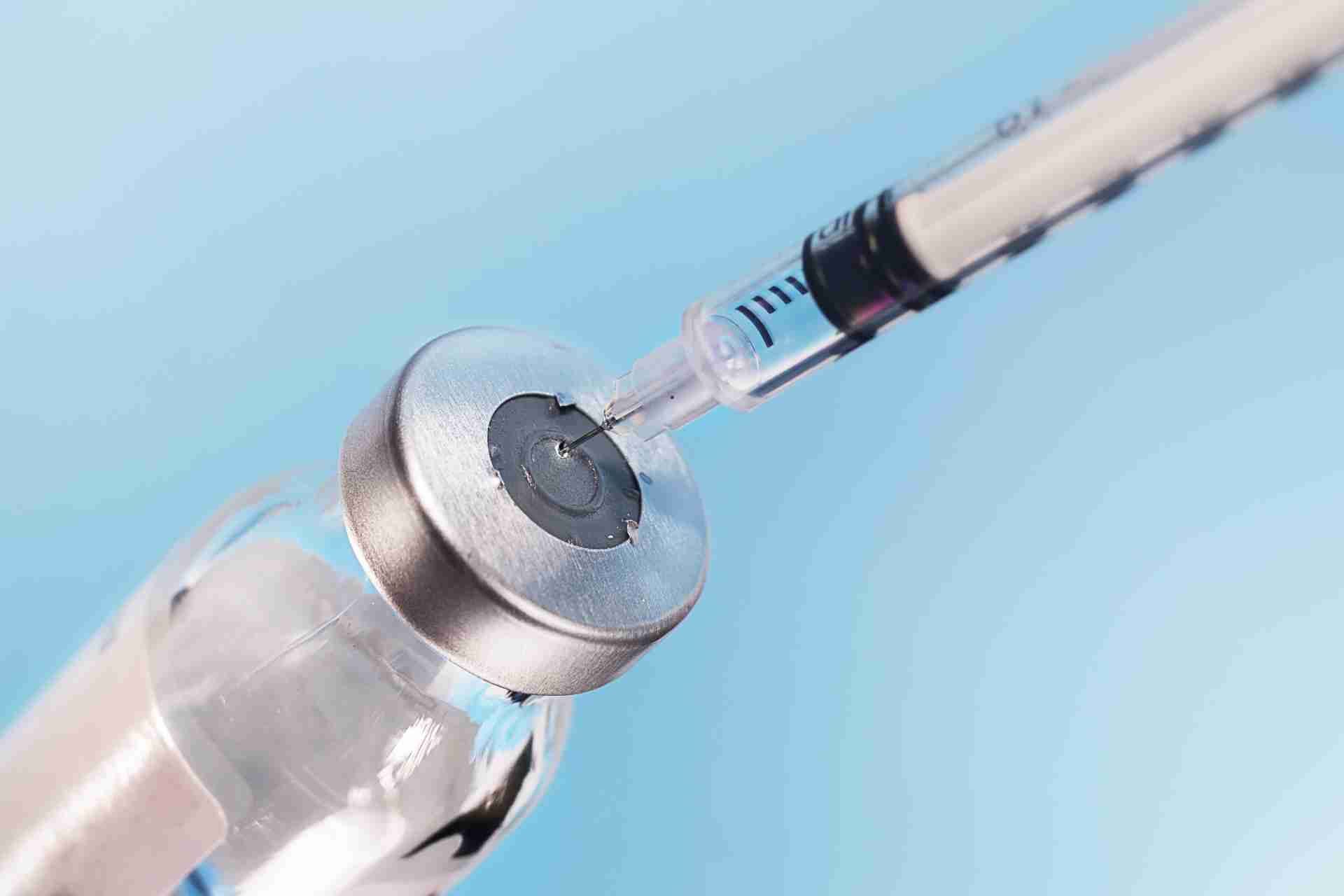How Often Should You Get Ketamine Boosters?

When considering how often you should get ketamine boosters, it’s important to recognize that each person's needs can differ widely. Factors like your mental health condition, initial treatment response, and even lifestyle can all play a role. Understanding these nuances can help you determine the right frequency for your situation. But what signs should you look for that indicate it might be time for a booster?
Understanding Ketamine Therapy
Understanding ketamine therapy can be crucial for those seeking relief from treatment-resistant depression or other mental health conditions. This innovative treatment offers a fast-acting option that can provide significant relief when traditional methods fail.
You’ll find that ketamine works differently than conventional antidepressants; it targets the NMDA receptors in your brain, which can lead to rapid mood improvements. Typically administered in low doses, it may be delivered through infusions or nasal sprays. Many people report feeling effects within hours, rather than weeks.
However, it’s essential to approach therapy with realistic expectations and a clear understanding of potential side effects. Consulting with a qualified professional can help you navigate the complexities and tailor the treatment to your unique needs.
The Importance of Individualization
When it comes to ketamine therapy, individualization is crucial for achieving optimal outcomes. Each person’s response to ketamine can vary significantly, influenced by factors like your unique mental health conditions, history, and personal preferences.
This means that a one-size-fits-all approach won't work for everyone. By tailoring your treatment plan, you ensure that the dosage, frequency, and duration align with your specific needs. Regular communication with your healthcare provider allows you to adjust your treatment as necessary.
This personalized approach maximizes the benefits of ketamine therapy, helping you navigate your journey more effectively. Remember, your experience is unique, and listening to your body will guide you in finding the most effective booster schedule for your mental health goals.
Factors Influencing Booster Frequency
Personalizing your ketamine therapy not only involves adjusting dosages but also determining how often you need booster sessions.
Several factors influence this frequency. Your specific mental health condition plays a crucial role; for instance, chronic issues may require more frequent boosters.
Your response to initial treatments also matters—if you notice significant improvements, you might need less frequent sessions.
Additionally, lifestyle factors, such as stress levels and overall emotional well-being, can impact how often you should return for a booster.
It’s essential to communicate openly with your healthcare provider about your experiences, as they can help tailor a plan that best suits your needs.
Typical Treatment Protocols
As you explore typical treatment protocols for ketamine therapy, you'll find that many clinics follow a structured approach to dosing and frequency.
Initially, you might undergo a series of infusions, often spaced about one week apart. This loading phase usually consists of four to six sessions.
After this, your provider may recommend a maintenance schedule, which can vary based on your individual needs. Some patients may require boosters every few weeks, while others may only need them every few months.
Your treatment plan will depend on your response to therapy, so regular check-ins with your clinician are essential.
This structured approach helps ensure you receive the optimal benefit from ketamine therapy while minimizing potential side effects.
Signs You May Need a Booster
Recognizing the signs that you may need a ketamine booster is crucial for maintaining your mental health. If you start feeling increased anxiety, sadness, or emotional numbness, it could be time to consider a booster.
You might notice that activities you once enjoyed no longer bring you joy or that your motivation has significantly decreased. Additionally, if you experience trouble sleeping or a resurgence of negative thoughts, those are red flags as well.
It’s important to pay attention to changes in your mood or behavior, as these can indicate that your current treatment isn’t as effective anymore. Keeping an open line of communication with your healthcare provider will help you determine the right timing for a booster.
Monitoring Your Progress
How can you effectively monitor your progress with ketamine treatment? Start by keeping a journal to track your moods, energy levels, and any changes in symptoms. Note how you feel before and after each session to capture immediate effects.
You can also set specific goals, such as improved sleep or reduced anxiety, and check in regularly to see if you’re meeting them. Engage in self-reflection by assessing what strategies work best for you.
Additionally, consider using mood-tracking apps for real-time insights. Remember that progress mightn't always be linear; fluctuations are normal.
Staying aware of your journey helps you and your provider adjust your treatment plan as needed, ensuring you get the most benefit from your ketamine boosters.
The Role of Mental Health Professionals
While navigating ketamine treatment, the role of mental health professionals is crucial for your success. These experts help you understand the therapy's benefits and limitations, ensuring you have realistic expectations.
They’ll assess your mental health history, monitor your progress, and adjust your treatment plan as needed. Open communication is key; sharing your feelings and any side effects allows them to provide tailored support.
They can also help you cope with any emotional challenges that arise during treatment. By collaborating with your mental health professional, you’ll feel more empowered in your journey.
Their guidance can enhance the effectiveness of ketamine therapy, making it a more beneficial experience for your overall mental well-being. Trust in their expertise to navigate this process.
Combining Ketamine With Other Therapies
Your mental health professional's insights can guide you in exploring how ketamine therapy can work alongside other treatment modalities.
Many individuals find that combining ketamine with therapies like cognitive behavioral therapy (CBT) or mindfulness techniques enhances their overall treatment experience. These approaches can help you process thoughts and emotions more effectively after a ketamine session.
Additionally, integrating medication management or lifestyle changes, such as exercise and nutrition, may further support your mental health journey. Open communication with your provider is key; together, you can tailor a comprehensive plan that addresses your unique needs.
Potential Risks and Considerations
Although ketamine therapy can provide significant benefits for mental health, it’s essential to consider potential risks and side effects. Some individuals may experience short-term effects like dizziness, confusion, or increased blood pressure.
In rare cases, more severe reactions, such as dissociation or hallucinations, might occur. You should also be aware of the potential for dependency or misuse, especially if you're using ketamine outside a clinical setting.
Regular monitoring by a healthcare professional is crucial to ensure your safety. It's important to communicate openly about any side effects you experience and discuss your treatment goals.
Personalizing Your Treatment Plan
To achieve the best outcomes from ketamine therapy, personalizing your treatment plan is essential.
Start by discussing your specific symptoms and treatment goals with your healthcare provider. They’ll help you determine the right dosage and frequency for your boosters, which can vary based on your individual response to the medication.
Regularly assess how you're feeling and communicate any changes to your provider. This ongoing dialogue allows for timely adjustments to your plan.
Additionally, consider lifestyle factors—like diet, exercise, and stress management—that might influence your treatment's effectiveness.
Conclusion
In conclusion, finding the right frequency for ketamine boosters is a personal journey. You need to communicate openly with your healthcare provider to tailor your treatment plan to your unique needs. Pay attention to how you’re feeling and any signs that may indicate it’s time for another session. Remember, it’s all about creating a supportive approach that works for you, so don’t hesitate to reach out and adjust your treatment as needed.










